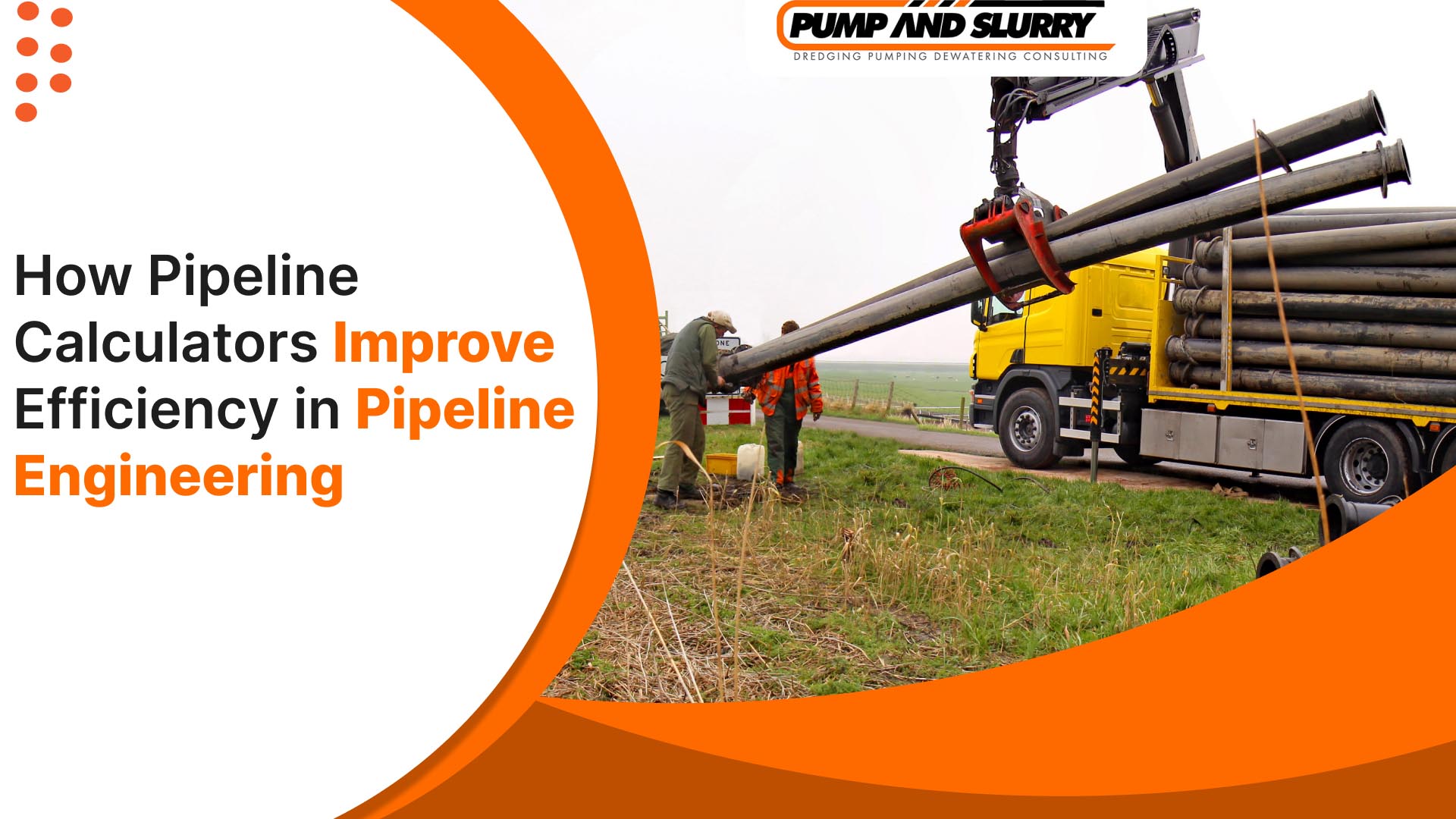
Introduction
Pipeline engineering is a field that demands precision, efficiency, and reliability. With global infrastructure projects on the rise, the need for accurate pipeline design is more crucial than ever. Engineers must account for various factors such as fluid flow rates, pressure drops, material selection, and safety standards. The complexity of these calculations makes it difficult to ensure optimal performance manually. This is where pipeline calculators come into play. Pipeline calculators are essential tools that streamline the engineering process, enhancing both accuracy and efficiency. In this article, we’ll explore how these calculators save time, reduce errors, and ensure cost-effective solutions in pipeline design and operations.
Understanding the Basics of Pipeline Calculators
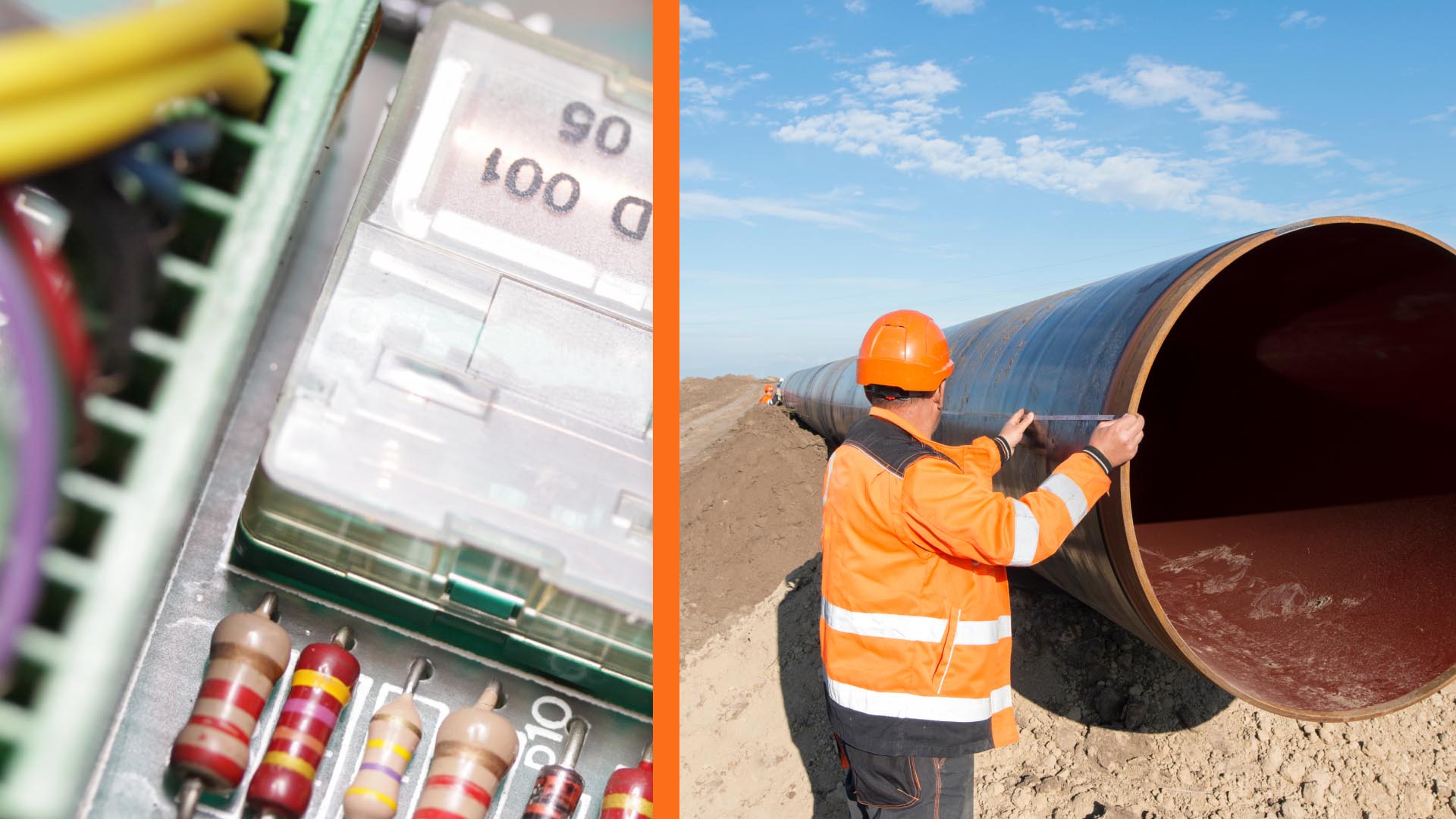
A pipeline calculator is a digital tool that aids engineers in determining key parameters required for pipeline design and operation. These tools can handle various types of calculations, including flow rate, pressure drop, pipeline sizing, and material selection. Each calculator is designed to assist with specific calculations depending on the type of pipeline, the fluid being transported, and the project’s environmental conditions.
Among these tools, specialized options like the volume of the pipeline calculator and the pipeline head loss calculator provide focused solutions for calculating volumetric capacities and pressure losses, respectively. The primary advantage of pipeline calculators is their ability to handle multiple variables simultaneously, something manual calculations struggle with. For instance, calculating pressure drop across long pipelines while factoring in temperature, viscosity, and pipe material can be labor-intensive and error-prone without digital assistance. In comparison, a pipeline calculator automates these tasks, offering quick and accurate results.
Key Features and Capabilities of Pipeline Calculators

Pipeline calculators are versatile tools with features designed to meet the diverse needs of pipeline projects. One of the core functions is calculating flow rates and pressure drops for different fluids, whether liquid, gas, or slurry. These calculators allow engineers to input specific fluid properties, like viscosity and temperature, to get more accurate results.
Another critical function is pipeline sizing. This ensures that the pipeline is large enough to handle the required flow but not oversized, which would result in wasted materials and unnecessary costs. By optimizing pipeline size, engineers can maximize efficiency and reduce material waste.
Advanced calculators, such as the volume of pipeline calculator, help engineers design pipelines that meet the exact specifications required for fluid transport. In contrast, the pipeline head loss calculator ensures the system is optimized for minimal pressure losses. Integration with 3D modeling and design software also allows seamless collaboration between different aspects of the project, enabling engineers to visualize designs in real time and make adjustments as needed.
How Pipeline Calculators Improve Accuracy
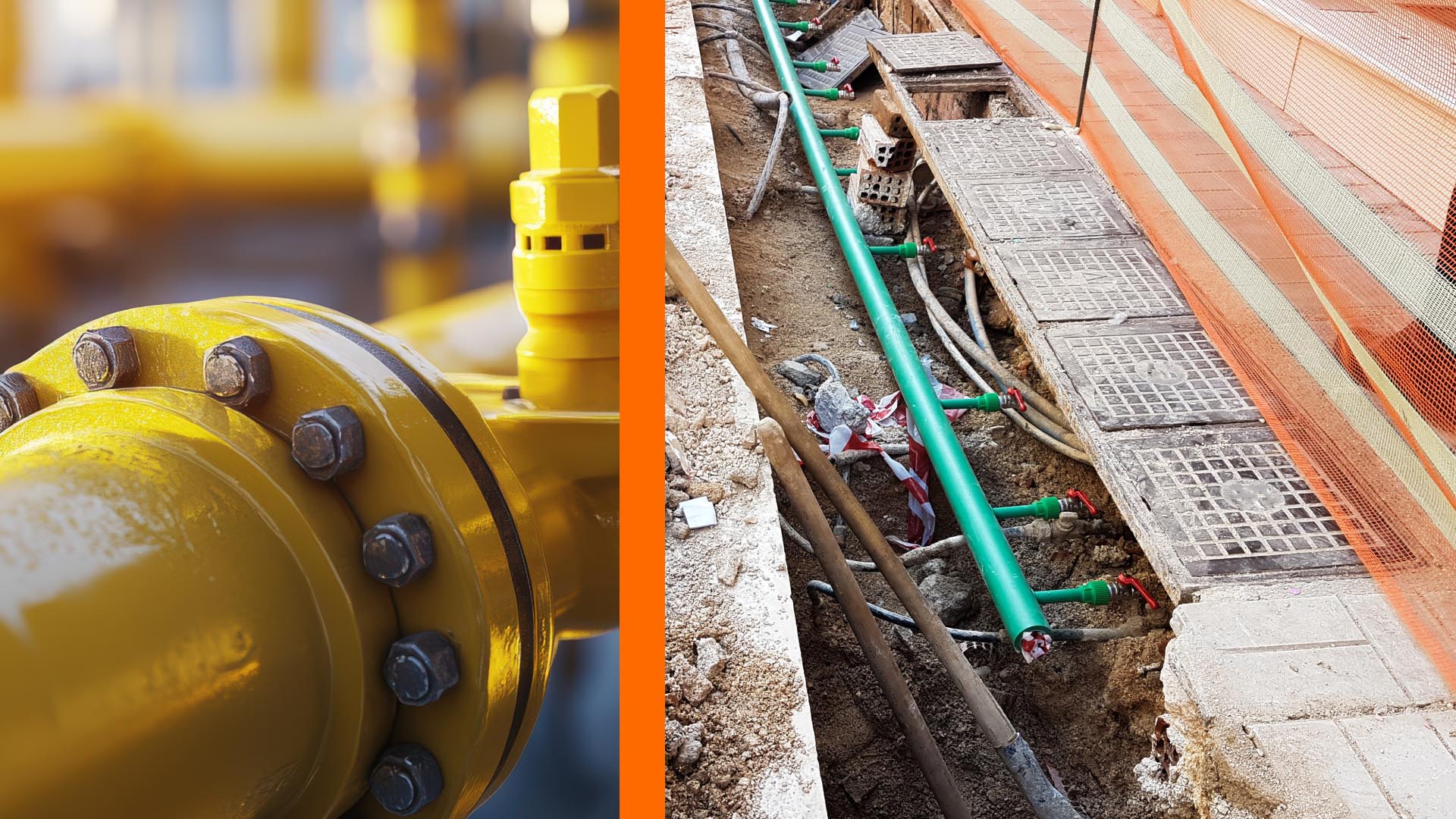
Manual calculations, while theoretically accurate, are prone to human error, especially in large-scale projects involving numerous variables. One small mistake in a formula can lead to costly repercussions, including improper sizing, material inefficiencies, or operational failures.
Pipeline calculators improve accuracy by automating complex calculations, thus reducing the margin for error. Built-in algorithms and formulas ensure precision and reliability. For example, calculating friction loss, which can be a complex and time-consuming task manually, is simplified with a pipeline head loss calculator. These tools also allow for quick recalculations when variables are adjusted, ensuring that the results remain accurate even when project specifications change.
Time Savings in Pipeline Design and Operations
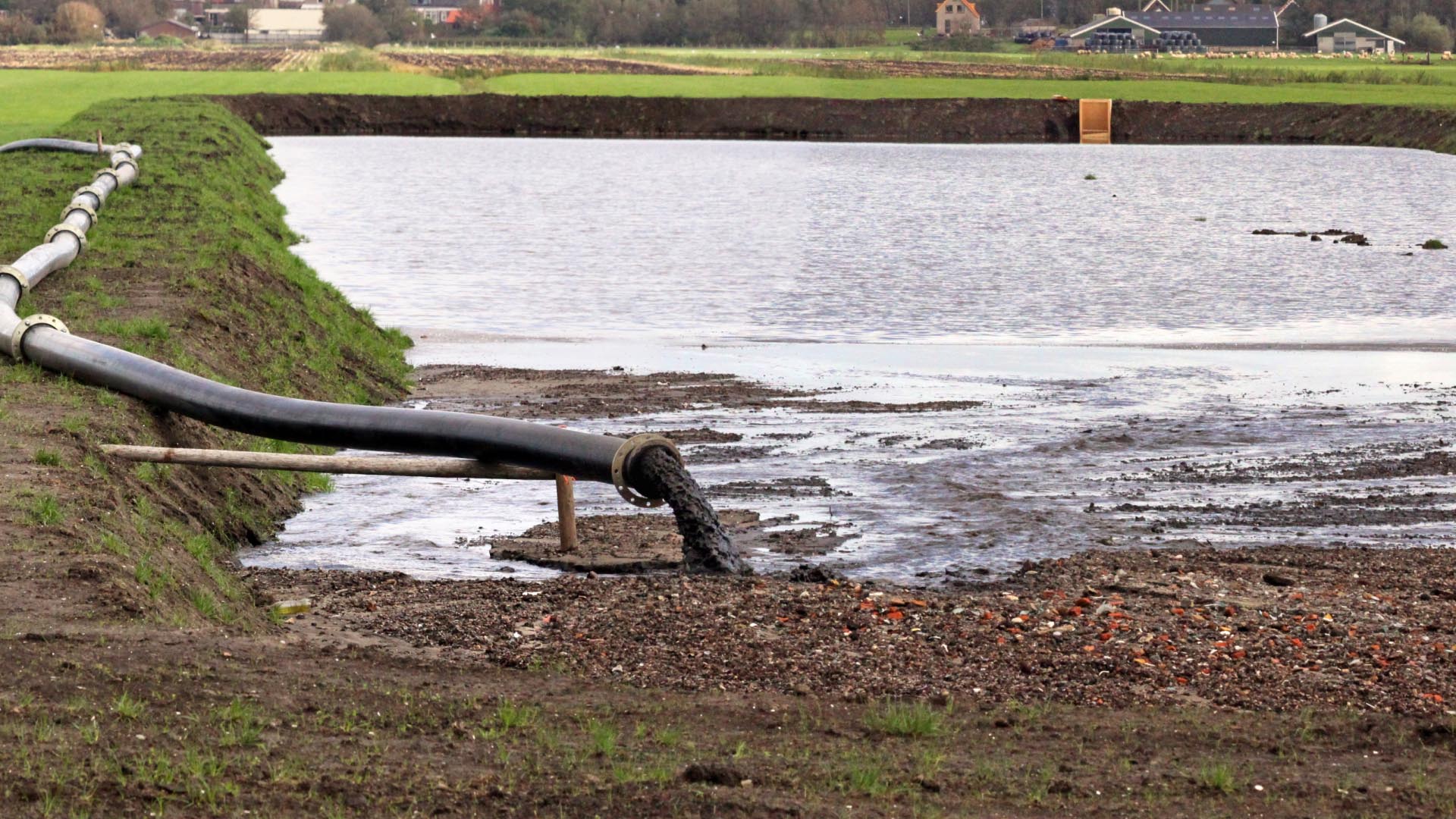
Time efficiency is one of the greatest benefits of using pipeline calculators. These tools enable quick data input and output, allowing engineers to make informed decisions without wasting time on lengthy manual calculations. In fast-paced projects, the ability to perform instant recalculations when design variables change can significantly speed up the design phase.
Moreover, pipeline calculators eliminate the need for repetitive recalculations. For instance, when changes are made to pipe diameter or fluid flow rates, engineers can input new data into the calculator and receive updated results instantly. Whether using a general pipeline calculator or specialized tools like a volume of pipeline calculator, this rapid iteration process can improve overall project timelines, ensuring that deadlines are met without compromising quality.
Cost-Effective Engineering Solutions
Pipeline calculators not only save time but also help optimize material usage, leading to cost savings. By ensuring that the pipeline is sized correctly, these tools prevent over-designing, which can result in unnecessary material costs. Additionally, accurate calculations help avoid the costly errors that may arise from improper sizing or pressure miscalculations.
Efficient designs enabled by pipeline calculators also reduce energy consumption during pipeline operation. For instance, a pipeline sized for optimal flow and pressure will require less energy to transport fluids, thereby lowering operational costs. In this way, pipeline calculators contribute to long-term cost savings, both in the construction and operational phases.
Enhancing Safety and Compliance
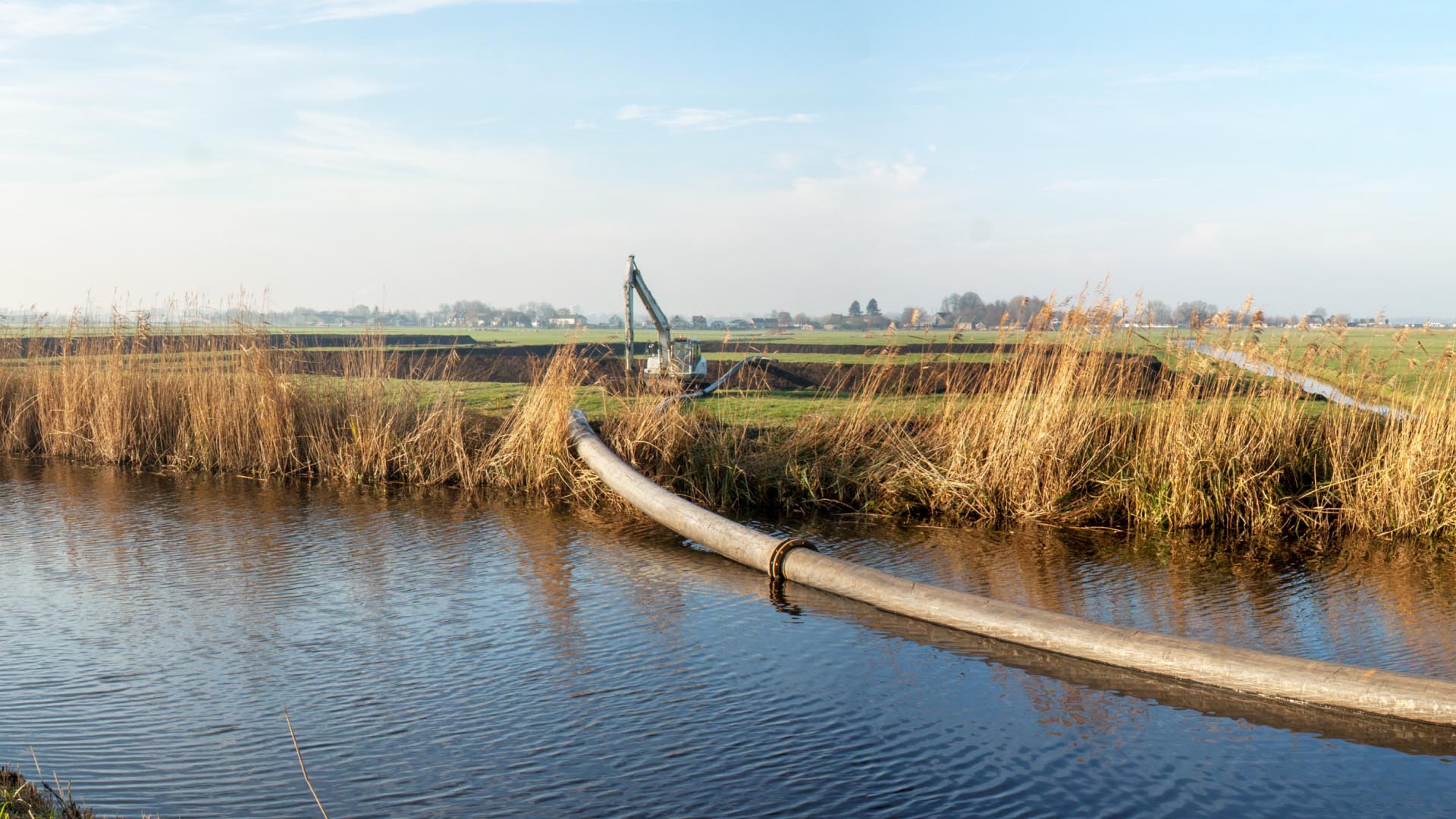
Safety is a primary concern in pipeline engineering, and pipeline calculators play a critical role in ensuring that designs meet industry standards and regulations. These tools integrate safety guidelines for pressure, temperature, and material limits, ensuring that pipelines are designed within safe operational thresholds.
For projects in hazardous environments, such as pipelines carrying toxic or flammable materials, the accuracy of these calculators becomes even more vital. Pipeline calculators, including those designed for specific challenges like pressure losses with the pipeline head loss calculator, help prevent design flaws that could lead to accidents or equipment failures, thus improving overall safety outcomes.
Adapting to Complex Pipeline Projects
As pipelines become more complex, particularly in large-scale or environmentally challenging projects, advanced tools are necessary to handle the engineering demands. Pipeline calculators are particularly useful in projects that involve long distances, varied terrains, or complex fluid dynamics, such as subsea or mountain pipelines.
These calculators are equipped to manage the challenges posed by such projects, including changes in altitude, pressure, and temperature. By allowing engineers to input these variables and receive accurate data, pipeline calculators enable the design of scalable and adaptable pipelines.
Integration with Digital Engineering Tools
Another major benefit of modern pipeline calculators is their compatibility with other engineering tools, such as CAD (Computer-Aided Design) and BIM (Building Information Modeling). This integration allows for greater collaboration between different project teams and ensures that pipeline designs can be incorporated into broader infrastructure plans.
Cloud-based pipeline calculators offer additional advantages. They enable engineers to work collaboratively and access project data remotely. These cloud-based tools also ensure that data is up-to-date and consistent across all team members, further enhancing efficiency in the engineering process.
Future Trends in Pipeline Calculators
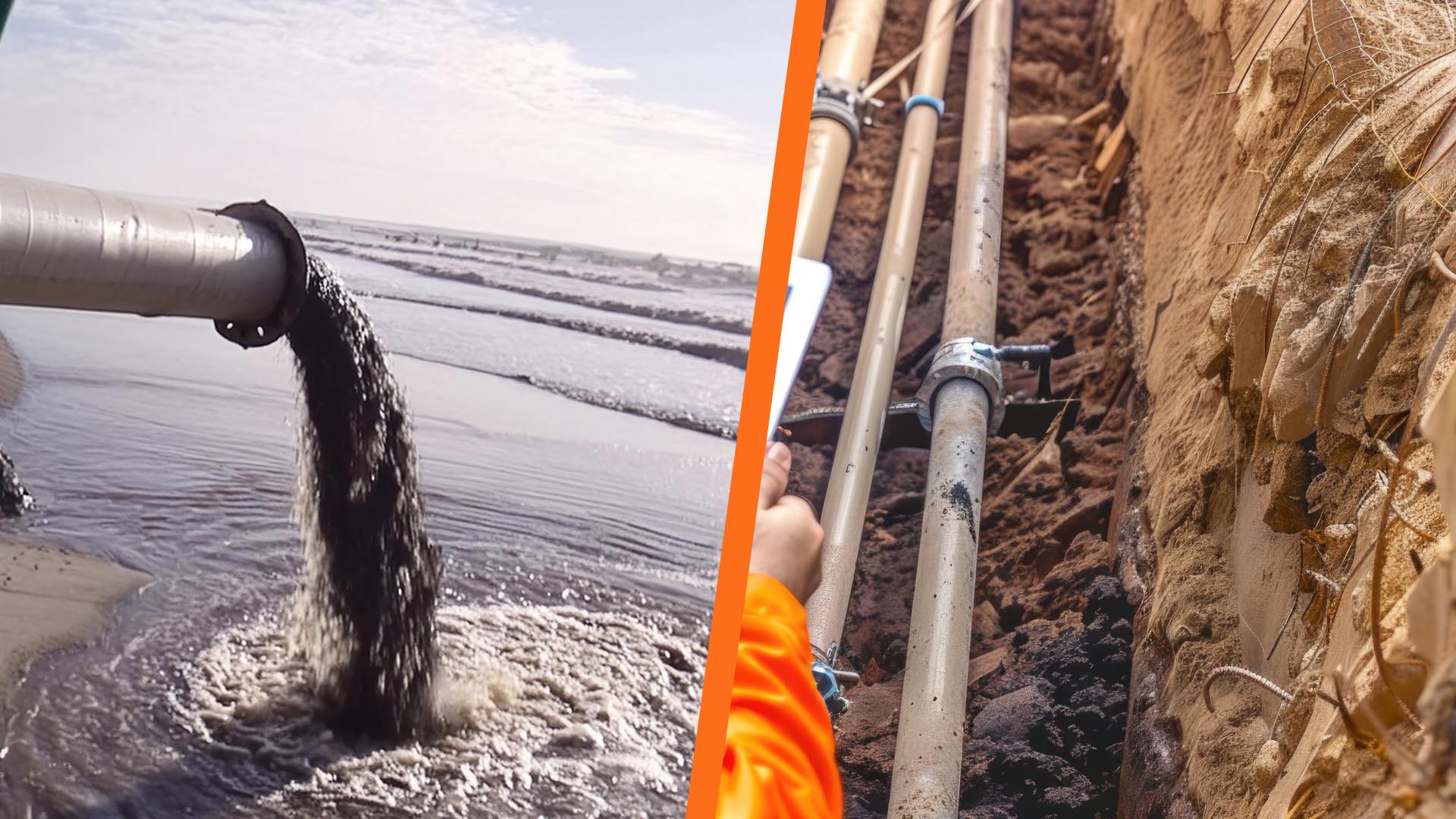
As technology continues to advance, pipeline calculators are expected to evolve with it. One emerging trend is the integration of artificial intelligence (AI) and machine learning into these tools. AI-enabled calculators can provide predictive analysis, helping engineers identify potential issues before they arise and optimize the design for long-term efficiency.
Mobile-friendly pipeline calculators are also on the rise, allowing engineers to make quick adjustments on-site. This mobility enhances flexibility and responsiveness in dynamic project environments. Additionally, cloud-based solutions will likely become more prevalent, offering global accessibility and real-time collaboration for multinational pipeline projects.
Conclusion

Pipeline calculators are indispensable tools in modern engineering, enhancing accuracy, efficiency, and safety in pipeline projects. These tools streamline complex calculations, reduce human error, and enable quick adjustments, saving both time and resources. As the industry continues to evolve, the role of pipeline calculators will only grow in importance, particularly with advancements in AI and cloud technology. Engineers looking to optimize their pipeline projects should integrate these calculators, including specialized tools like the volume of pipeline calculator and the pipeline head loss calculator, into their workflows, ensuring that their designs are both cost-effective and reliable.




